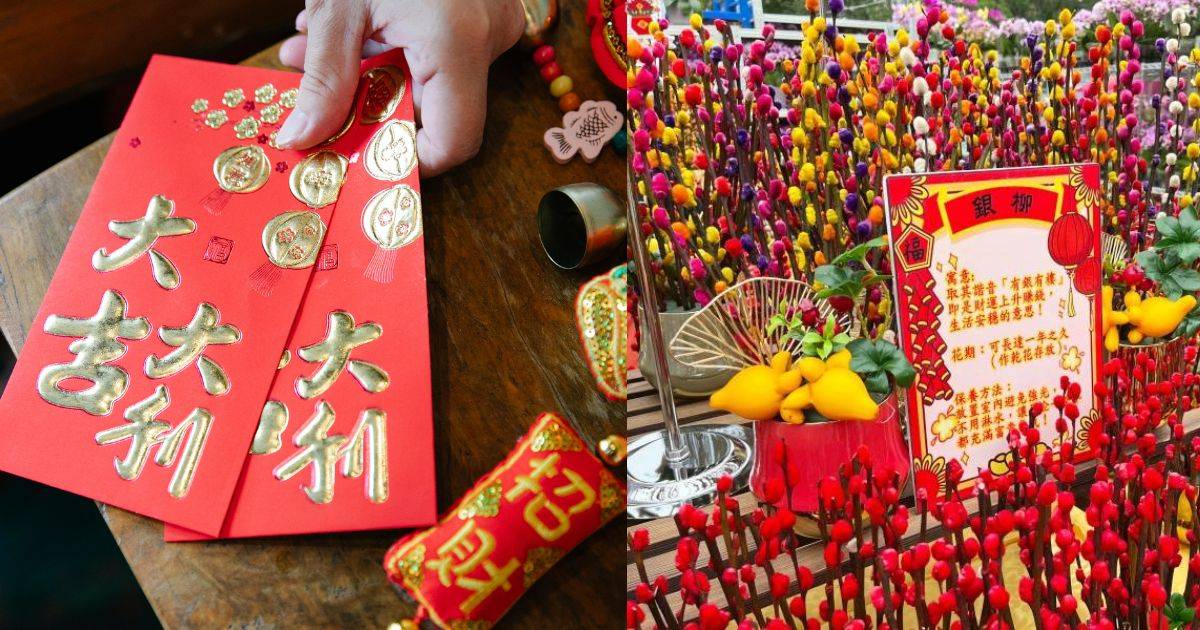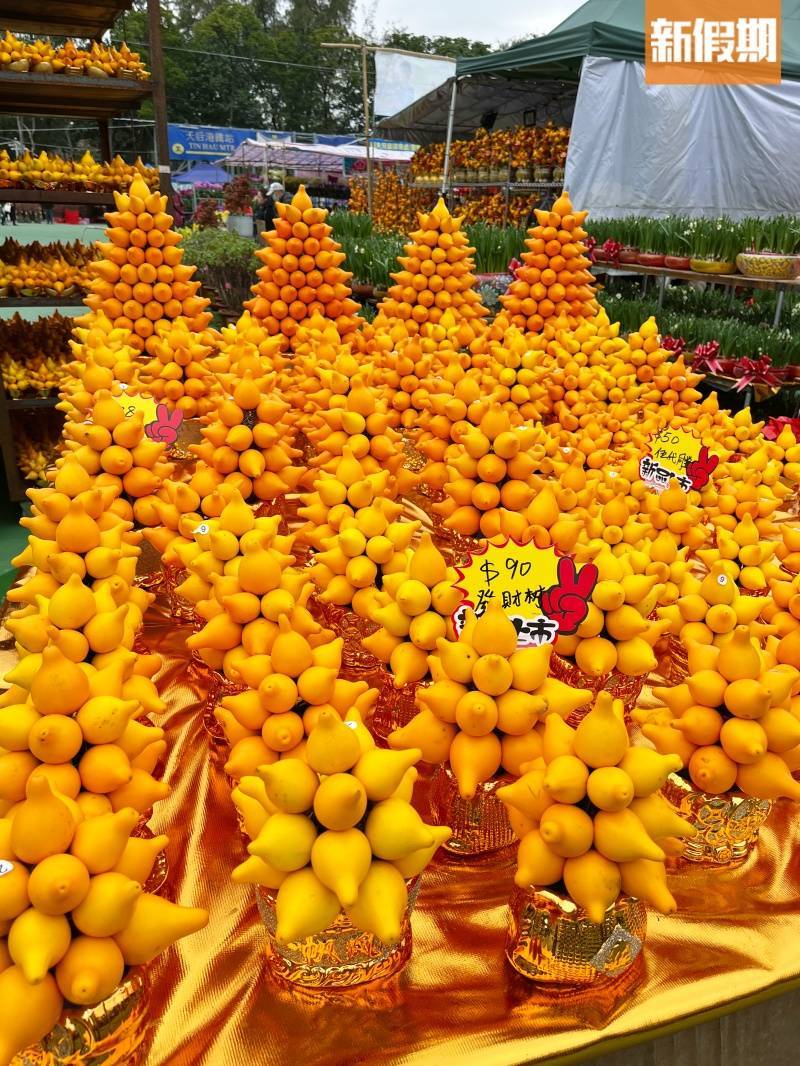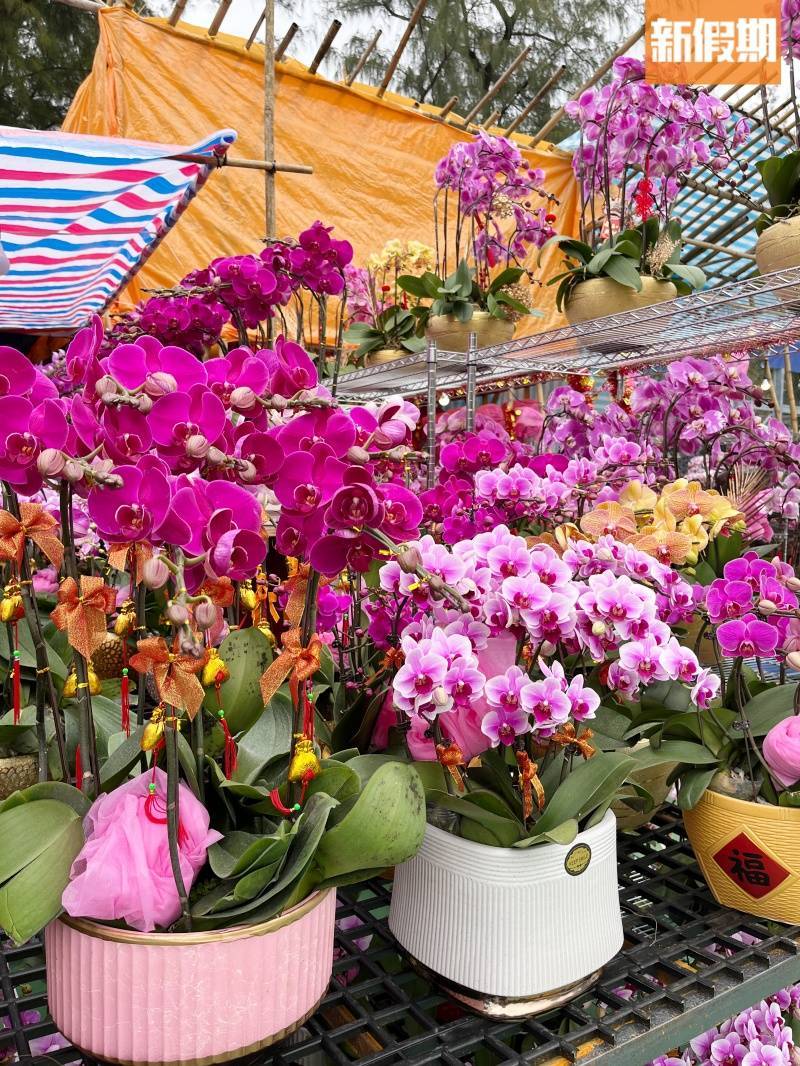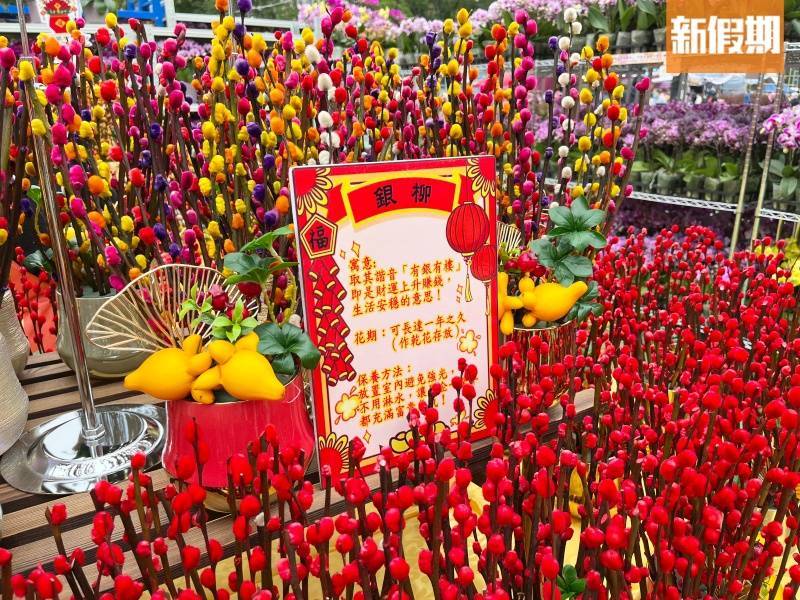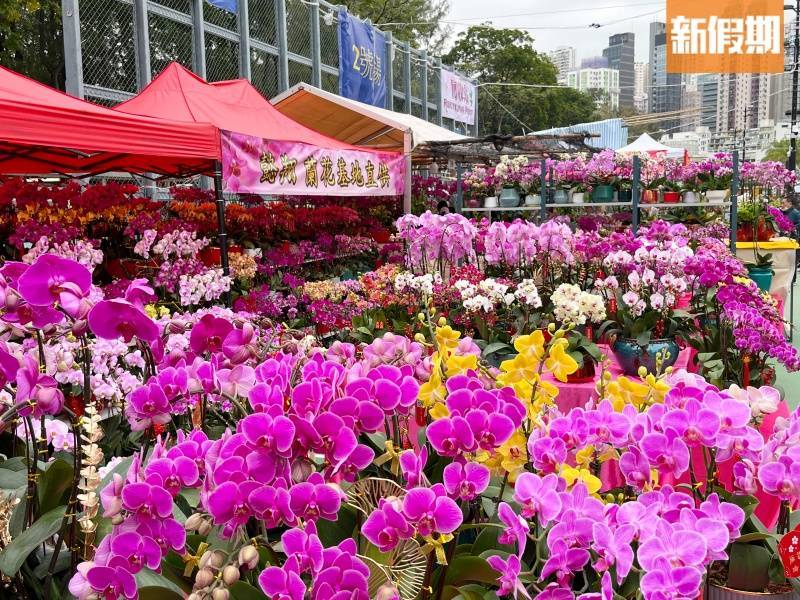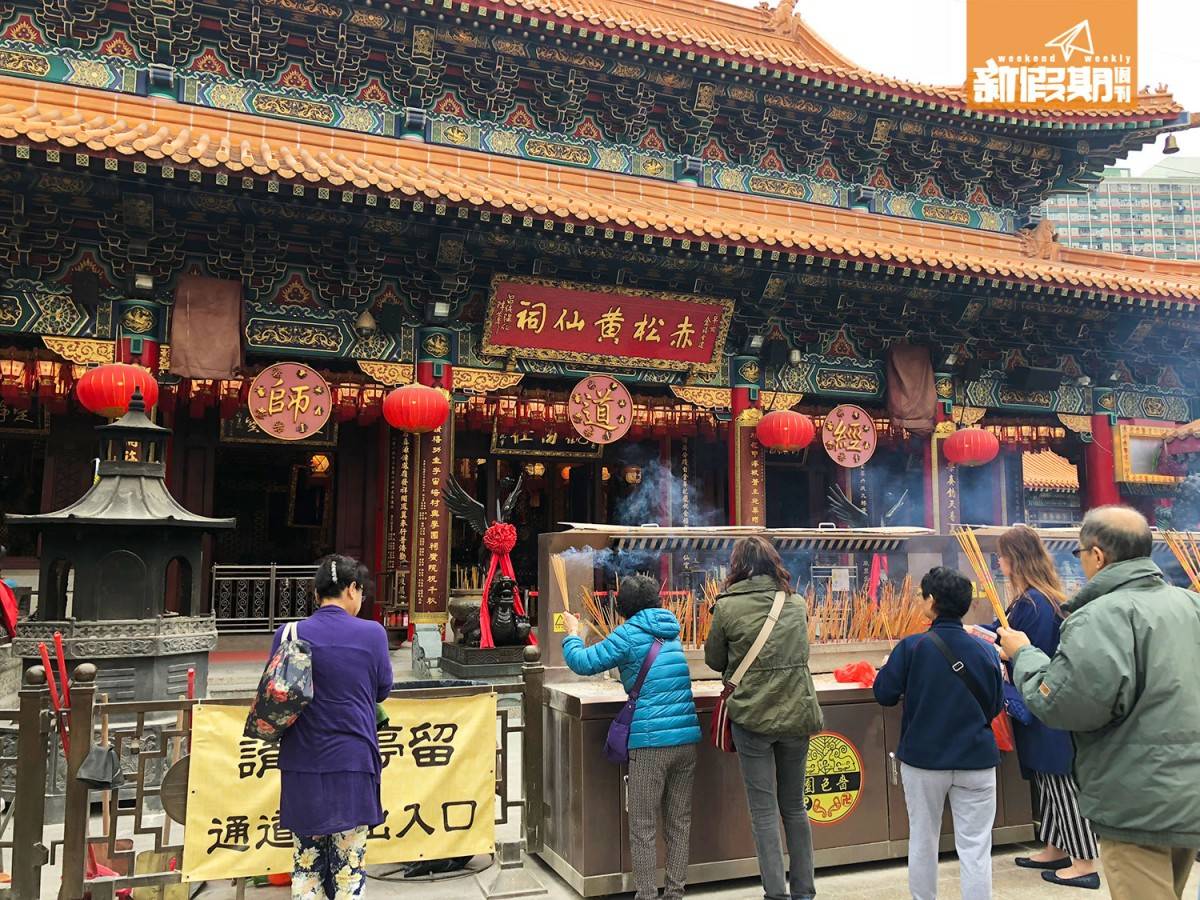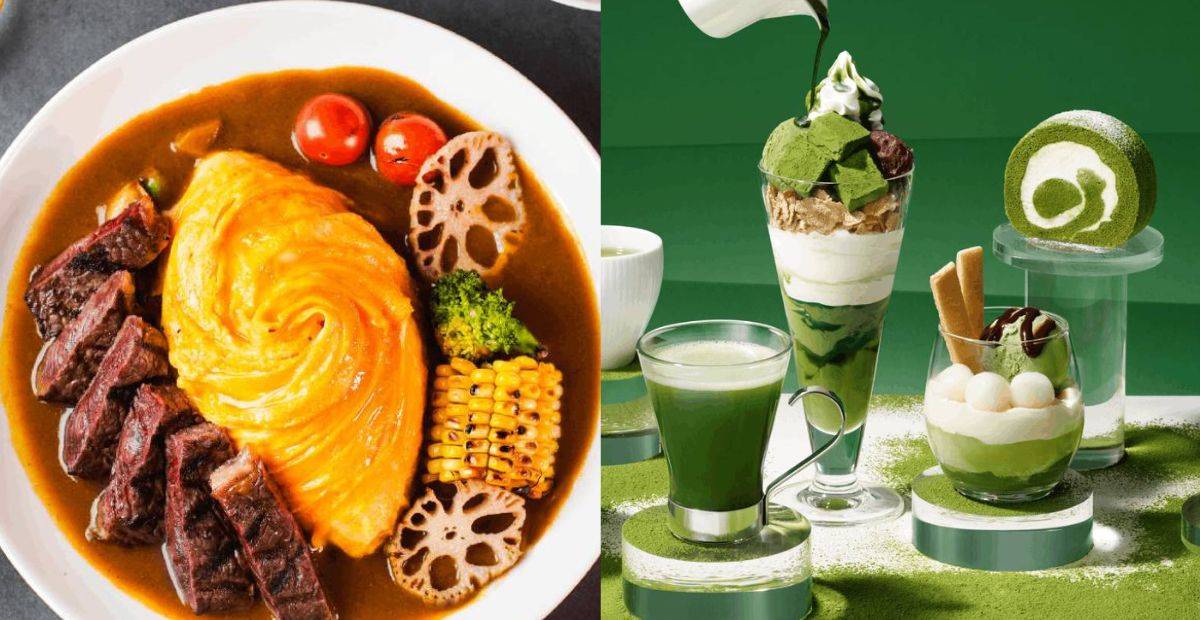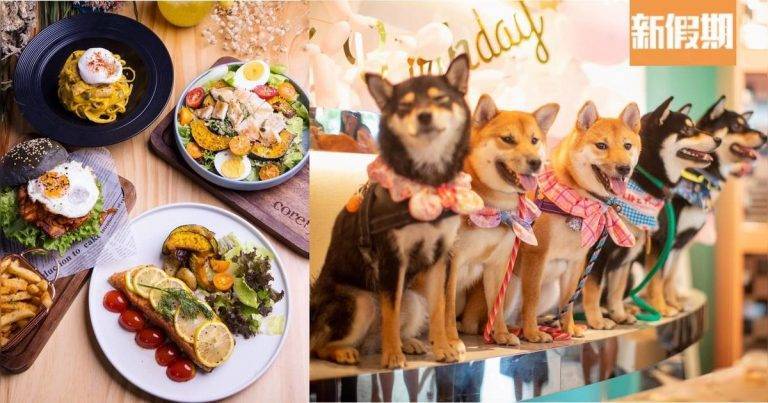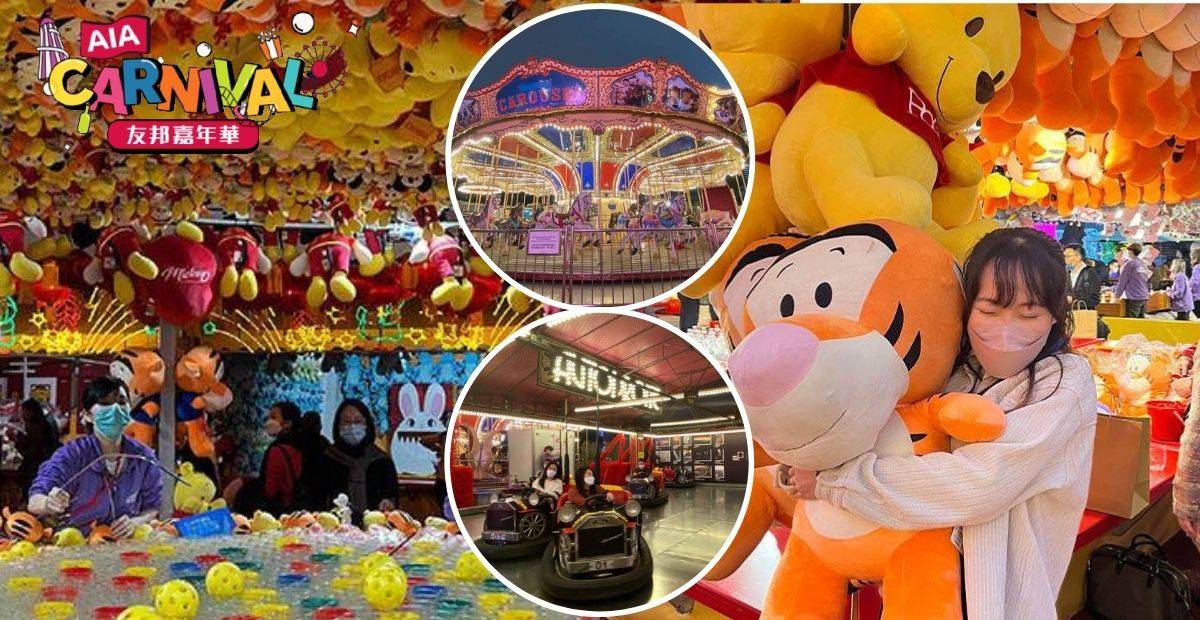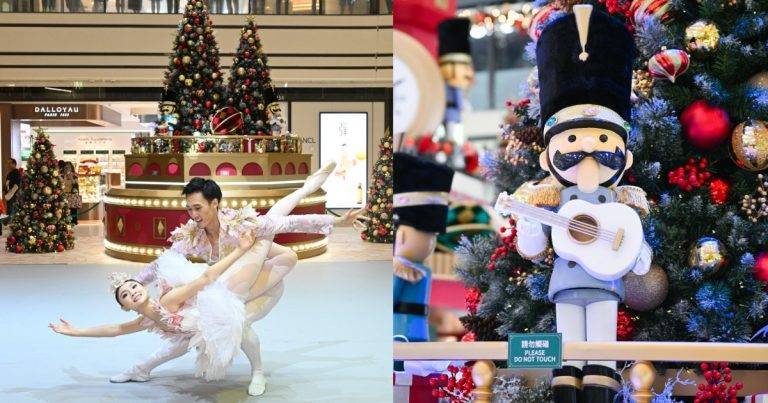Chinese New Year | Traditions, Activities, Greetings
Chinese New Year| Traditions
Chinese New Year| Activities
Chinese New Year|Greetings
Chinese New Year|Taboos
What are the traditions of Chinese New Year?
1. Cleaning and Decorating
Before the New Year, homes are thoroughly cleaned to sweep away any ill-fortune and make room for incoming good luck. Red decorations, often with auspicious symbols and phrases, are put up to bring good luck and ward off evil spirits.
2. Reunion Dinner
On New Year’s Eve, families gather for a reunion dinner(團年飯), which is one of the most important meals of the year. Traditional dishes are served, and each dish symbolises good fortune, health, and prosperity.
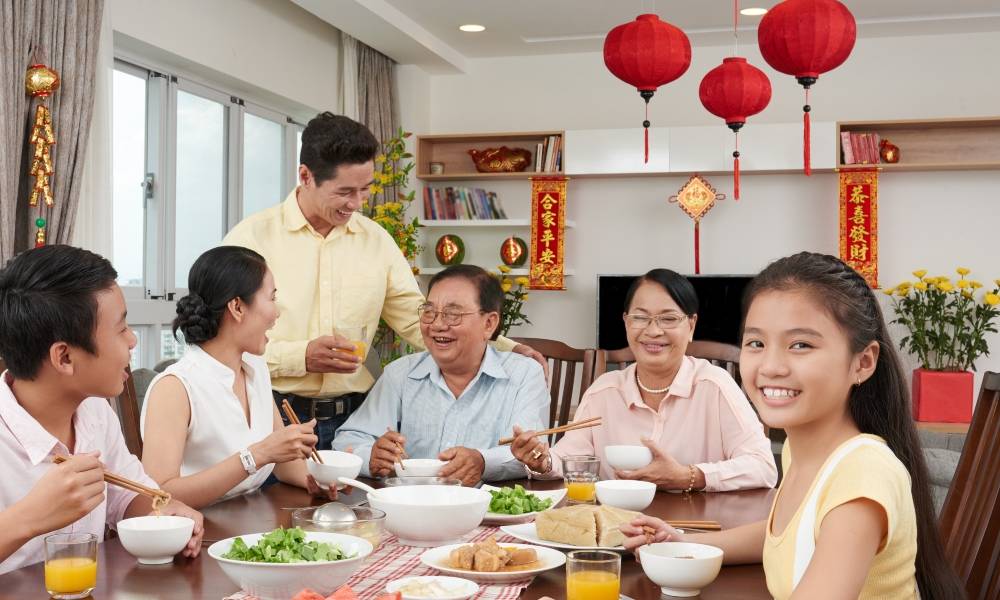
3. Fireworks and Firecrackers
Traditionally used to scare away evil spirits, firecrackers and fireworks are a common sight and sound during Chinese New Year celebrations.
New Year Fireworks 2024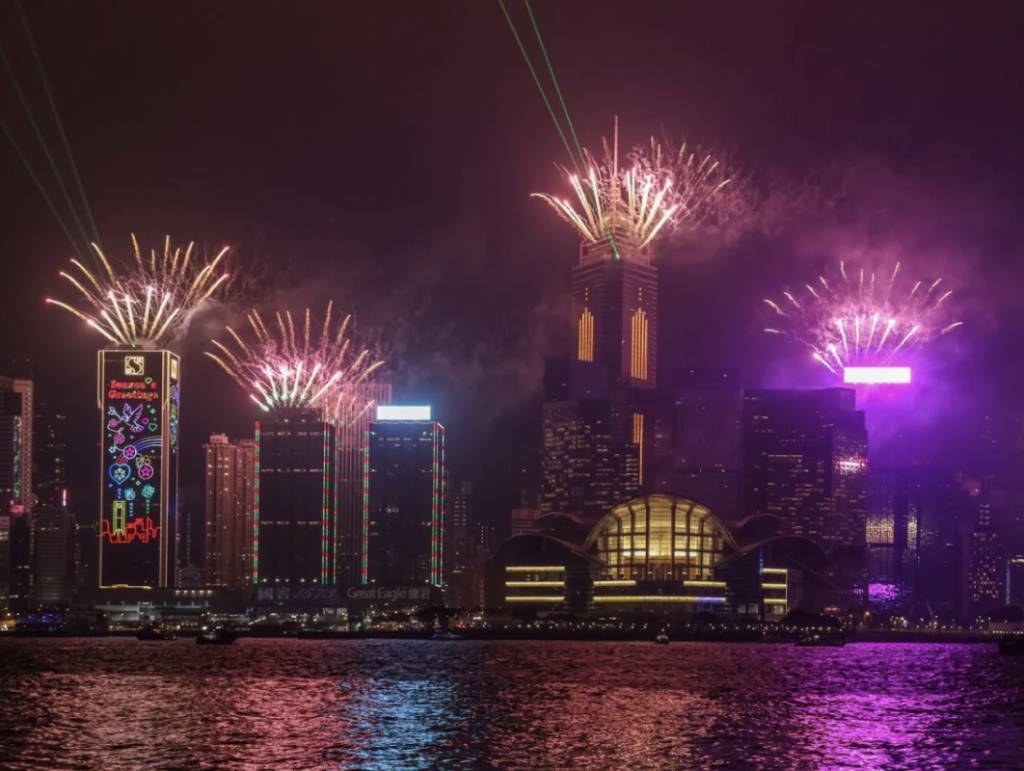
4. Red Packets
Red envelopes(利是) are called “Lai See” in Cantonese, meaning good luck and health. Red packet money is given to children and unmarried adults to spread good luck and protect the recipients from evil spirits.
5. Visiting Relatives
Visiting relatives during Chinese New Year (CNY) is a cherished tradition that serves as a cornerstone of family unity and cultural values in Chinese society. It’s a time for family members to gather, pay respect to elders, and strengthen familial bonds. These visits, filled with the exchange of blessings, red envelopes, and shared meals, not only maintain and renew family connections but also embody the festive spirit and joy of the holiday. This practice is integral to preserving family heritage and reinforcing a sense of belonging and cultural identity.
6. Wearing New Clothes
It’s customary to wear new clothes during Chinese New Year, especially new clothes in red colour, symbolising a new beginning and fresh hope for the year.
How to Celebrate Chinese New Year in Hong Kong?
Visiting Flower Markets
Flower Market 2024Exploring the flower markets is a key part of the Chinese New Year experience for locals. These vibrant markets spring to life a week before New Year’s Day and buzz with excitement until midnight of the festival day. Among them, the market at Victoria Park in Hong Kong stands out as the most iconic and largest, boasting over 100 stalls. It’s a treasure trove for Chinese New Year essentials, offering everything from lucky flowers and fruits, believed to bring prosperity, to trendy gadgets, lifestyle items, and traditional snacks.
But it’s not just about shopping. Simply wandering through the market is an unforgettable experience. The lively atmosphere, filled with festive colors and sounds, perfectly captures the spirit of Chinese New Year. Whether you’re browsing for holiday items or just soaking in the festivity, the flower market at Victoria Park is a must-visit destination that epitomises the joy and vibrancy of this celebrated time of year.
Visiting Temples
One of the most famous places for this is the Wong Tai Sin Temple in Hong Kong. Here, the event is a big deal, with many people dressing up for the occasion. It’s a mix of faith, tradition, and excitement, making it a unique way to start the New Year.
How to say “Happy New Year” in Cantonese?
- Happy New Year(新年快樂): “san nin faai lok”
- Wishing you wealth and prosperity(恭喜發財): “gung hei faat coi”
- Great luck and great profit(大吉大利):”daai gat daai lei”
- Wishing you good health(身體健康):”san tai gin hong”
What are the taboos during Chinese New Year?
The taboos of the Lunar New Year have been passed down in folklore for a long time. The authenticity cannot be verified. Try your best to avoid these taboos and have a happy Chinese New Year!
Do not break anything on the first day of the lunar year:
Be careful when placing all fragile cups, dishes, decorations, porcelain, and other items. If there are children or pets at home, be even more cautious. Breaking things will bring financial loss and bad luck. If something is accidentally broken, wrap it in red paper and silently recite the auspicious phrase “歲歲平安” (pronounced as “seoi seoi ping on”).
Do not shower on the first day of the lunar year:
Washing your body and hair on the first day of the year will wash away both wealth and fortune!

Gifs should be given in pairs:
When giving gifts during Chinese New Year, avoid odd numbers as they’re seen as unlucky. It’s best to give gifts in pairs for good luck. However, steer clear of the number four – it’s pronounced “sei” in Chinese, which sounds like the word for “death” and is considered unlucky.
Why are red envelopes given during Chinese New Year, and who receives them?
Red envelopes(利是) are called “Lai See” in Cantonese, meaning good luck and health. Red packet money is given to children and unmarried adults to spread good luckChinese New Year
What are the taboos in CNY?
1. Do not break anything on the first day of the lunar year
2. Do not shower on the first day of the lunar year
3….Click for more


